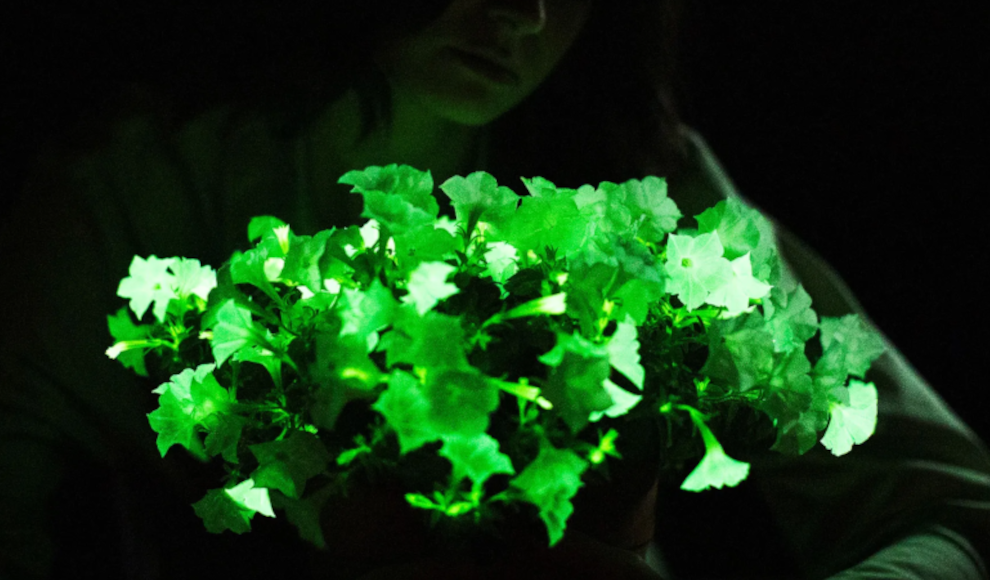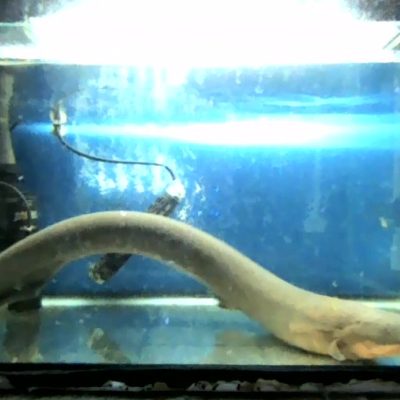In a breakthrough development, Light Bio has successfully transferred the bioluminescence of a tropical fungus onto decorative plants, causing them to emit a green glow at night. The genetically modified plants will soon be available for purchase. Scientists have been working on transferring the natural light mechanism of bioluminescence, found in deep-sea creatures like sharks, onto plants for some time. In 1986, researchers created a minimal glow in plants by transferring genes from fireflies. However, in 2020, Karen Sarkisyan and her team were able to create a stronger light by transplanting an enzyme from the Neonothopanus nambi fungus into tobacco plants. The fungus is brown during the day and emits a green glow at night.
Unlike many animal species, plants do not possess the natural ability of bioluminescence. The light is produced by chemicals known as luciferins, which, when combined with the enzyme luciferase and oxygen, emit light energy. Sarkisyan and her team have since founded Light Bio, a genetic engineering start-up that specializes in researching fluorescent proteins. Recently, the company was able to transfer the bioluminescence of the Neonothopanus nambi fungus onto genetically modified decorative plants, causing them to emit a green glow at night. According to Sarkisyan, “We use a natural process of a fungus that normally occurs in tropical forests and transfer it to plants. They are completely normal, except that they glow at night.”
The United States Department of Agriculture has already granted Light Bio approval to sell the glowing plants, following a review by the Animal and Plant Health Inspection Service to ensure that the genetically modified plants do not pose a risk to the environment or insects. The first plants are expected to be available for purchase in the United States in early 2024. This breakthrough development could have significant implications for the future of decorative plants and could pave the way for further research into the transfer of bioluminescence onto other plant species.










